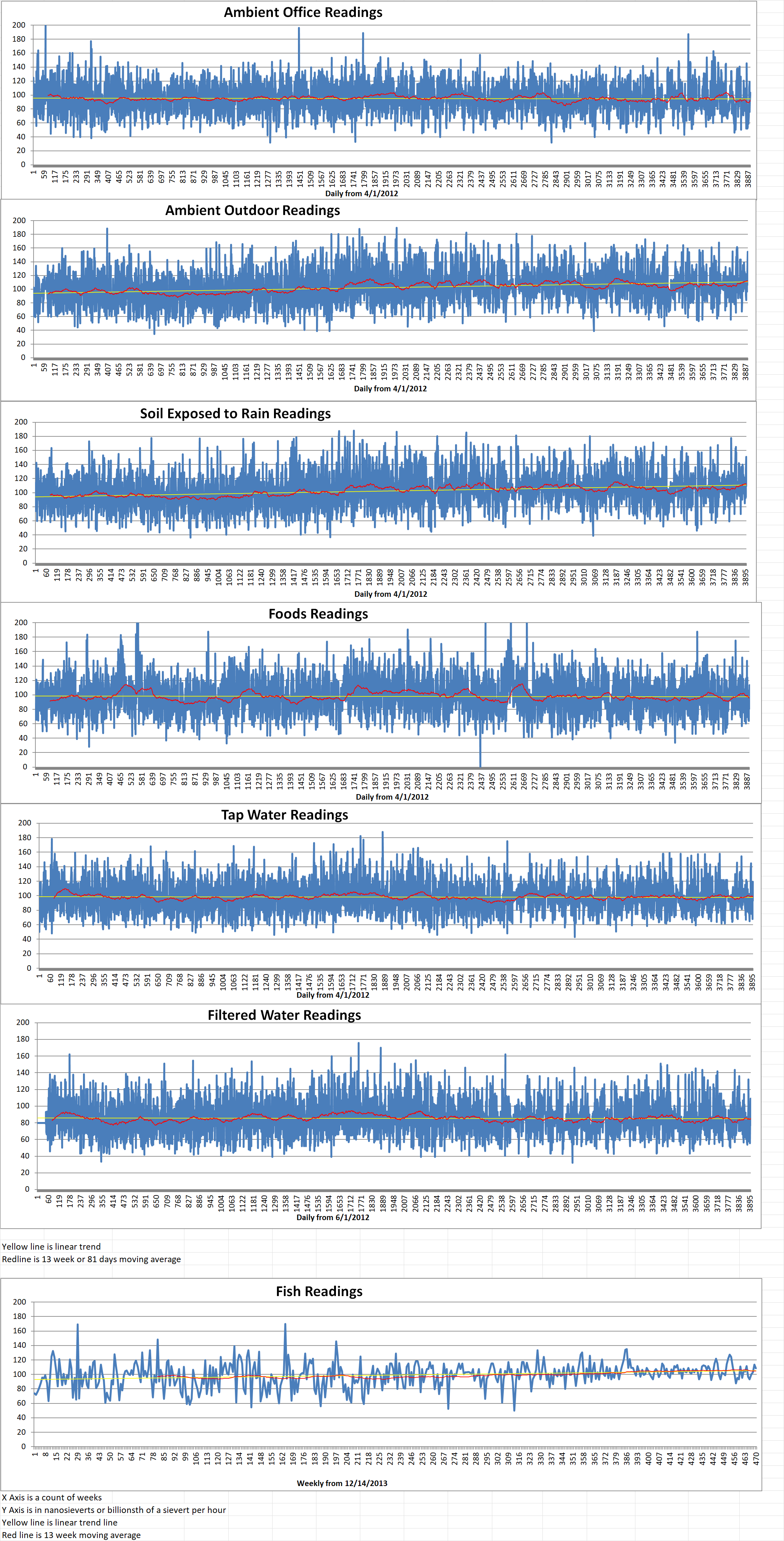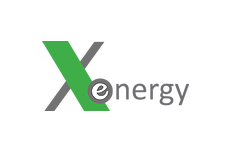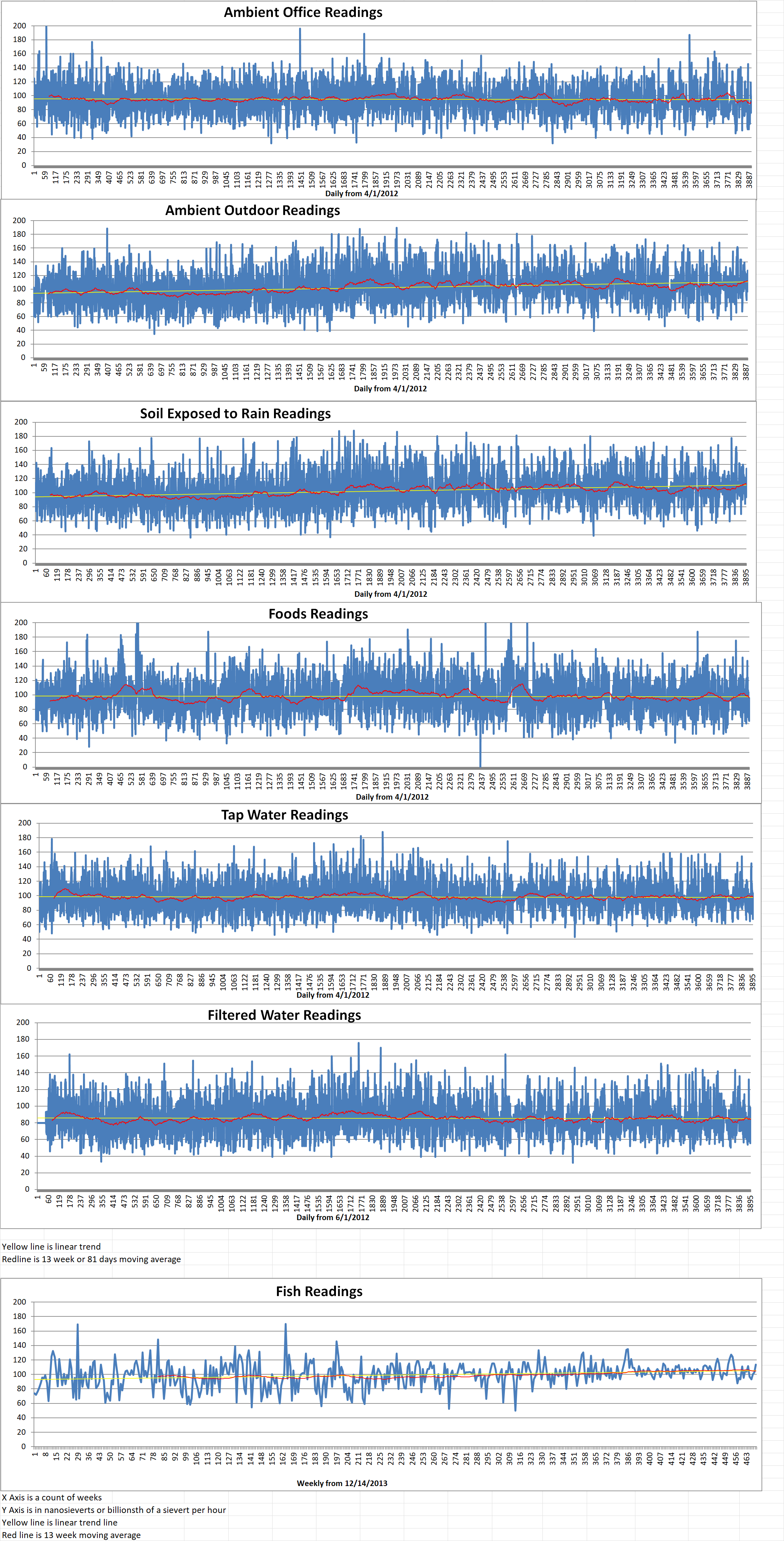Dow and X-energy have signed a joint development agreement (JDA) to develop a four-unit Xe-100 high-temperature gas reactor facility at one of Dow’s U.S. Gulf Coast sites.
In August of 2022, the two companies signed a Letter of Intent which stated that they will work to help Dow advance its carbon emissions reduction goals through the development and deployment of X-energy’s advanced small nuclear reactor (SMR) nuclear technology. Dow will also take a minority equity stake in X-energy.
The Xe-100 is one of two designs selected by the U.S. Department of Energy (DoE) in 2020 to receive eighty million dollars each of initial cost-shared funding. The funds will support the construction of an advanced reactor demonstration plant that can be operational within seven years. Planning is underway for a four-unit Xe-100 plant to be constructed at a site in Washington State.
X-energy announced that “As a sub-awardee under the US Department of Energy’s Advanced Reactor Demonstration Program (ARDP) Cooperative Agreement with X-energy, Dow intends to work with X-energy to install their Xe-100 high-temperature gas-cooled reactor plant at one of Dow’s US Gulf Coast sites, providing the site with safe, reliable, low-carbon power and steam within this decade.”
The JDA includes up to fifty million dollars in engineering work. Up to half of which is eligible to be funded through the Advanced Reactor Demonstration Program, and the other half by Dow. The JDA work scope also includes the preparation and submission of a construction permit application to the U.S. Nuclear Regulatory Commission (NRC).
Working with the DoE and subject to its approval, Dow and X-energy expect to finalize the selection of a site in 2023. The two companies intend to preform more ARDP-related work under the JDA as the project progresses. Additionally, they have agreed to develop a framework to jointly license and utilize the technology and lessons learned from the project. This would enable other industrial customers to effectively utilize the Xe-100 industrial low-carbon energy technology.
Each Xe-100 reactor is engineered to operate as a single eighty megawatt electrical unit. They will be combined in groups of four as an optimal configuration to produce three hundred and twenty megawatts. The reactor can provide baseload power to an electrical grid or support industrial application with two hundred megawatts of thermal output per unit of high pressure, high temperatures steam.
X-energy said, “The four-reactor Xe-100 nuclear plant will provide a Dow facility with cost-competitive, low-carbon process heat and power to make essential products used by consumers and businesses every day.”
Dow is working to deliver a thirty percent reduction in its scope 1 and 2 carbon emissions from 2005 levels by 2030. They aim to achieve carbon neutrality by 2050. The company is committed to transitioning its sites and operations globally to cleaner power.
Jim Fitterling is the Dow chairman and CEO. He said, “The utilization of X-energy’s fourth generation nuclear technology will enable Dow to take a major step in reducing our carbon emissions while delivering lower carbon footprint products to our customers and society. The collaboration with X-energy and the DOE will serve as a leading example of how the industrial sector can safely, effectively and affordably decarbonize.”
Clay Sell is the CEO of X-energy. He said, “X-energy’s collaboration with Dow brings added significance because of the immense opportunity to further reduce emissions in the energy-intensive industrial sector. From the beginning to the end of the supply chain, our technology can supply both power and heat to businesses in most sectors of the economy to help limit their carbon footprint. We are thrilled to work with Dow to deliver a successful project and illustrate the broad, highly flexible applications of X-energy’s proprietary nuclear energy technology.”






